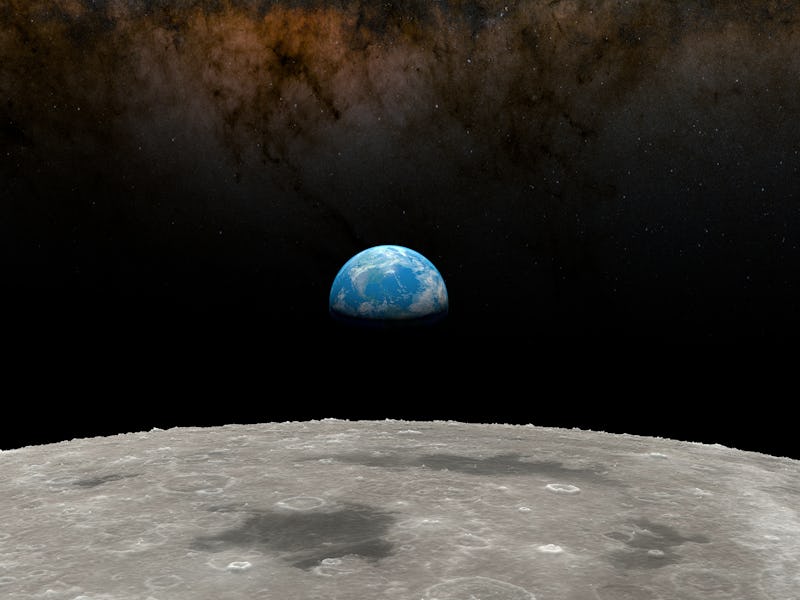NASA's Future Moon Rocket Just Took a Huge Step Towards Being Ready to Launch
This critical piece of rocket hardware is finally whole.

The heart of the rocket that will launch astronauts to the Moon in a few years is now complete. These astronauts will become the first people to walk the lunar surface since Apollo.
NASA announced on February 16 that technicians have completed welding of the 51-foot-tall liquid oxygen tank that will help launch Artemis III. It’s the second crewed mission of the space agency’s major return to the Moon, and the first to bring astronauts to the lunar surface in more than half a century.
The rocket, called the Space Launch System (SLS), will produce millions of pounds of thrust to deliver passengers and cargo to such a mighty distance from Earth. The engines will roar to life so that a crew can reach the lunar south pole, where reservoirs of ice could be a critical resource if humans are ever able to establish an ongoing presence there.
Technicians finished welding the 51-foot liquid oxygen tank structure, left, inside the Vertical Assembly Building at NASA’s Michoud Assembly Facility in New Orleans on January 8. The other major part of Space Launch System rocket, the liquid hydrogen tank, is on the right.
The space agency’s target date for the Artemis III mission is September 2026. This will occur roughly a year after NASA flies the Artemis II crew — which includes Commander Reid Wiseman, pilot Victor Glover, mission specialist Christina Koch from NASA, and mission specialist Jeremy Hansen from the Canadian Space Agency — around the Moon and back.
The welding of the Artemis III SLS liquid oxygen tank happened on January 8 at NASA’s Michoud Assembly Facility in New Orleans. With the other major component of the core stage, the liquid hydrogen tank, already having been welded, the rocket’s powerhouse is now set.
A few more steps are necessary for the core stage to be flight-ready, such as applying a thermal protection system to shield the tanks from the intense heat during ignition.
While it must combat the scorching temperatures during launch, the core stage engines must also keep the liquid oxygen and liquid hydrogen very cold. Collectively, the engines must maintain more than 733,000 gallons of propellant at minus 297 degrees Fahrenheit to keep it in liquid form.
While it’s smooth sailing thus far for the core stage, other Artemis facets are hitting roadblocks. On January 9, NASA announced that the Orion capsule — the vehicle that will carry astronauts around the Moon and back to Earth — needs more work, its heat shield in particular. No matter when they fly, the next two Artemis missions will be an important chapter for human space exploration.